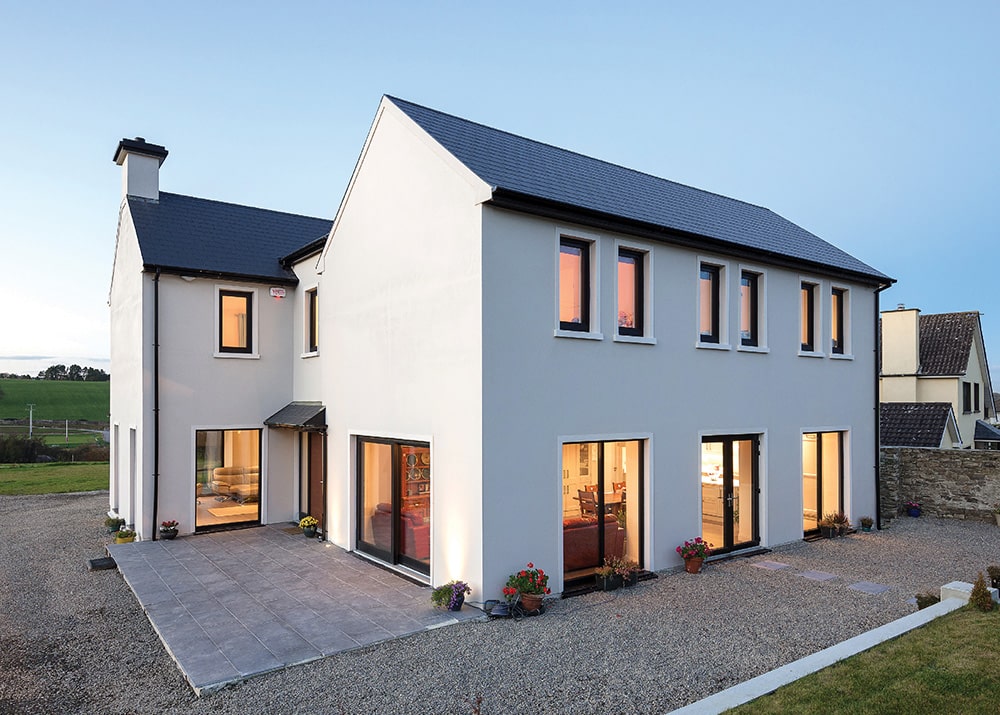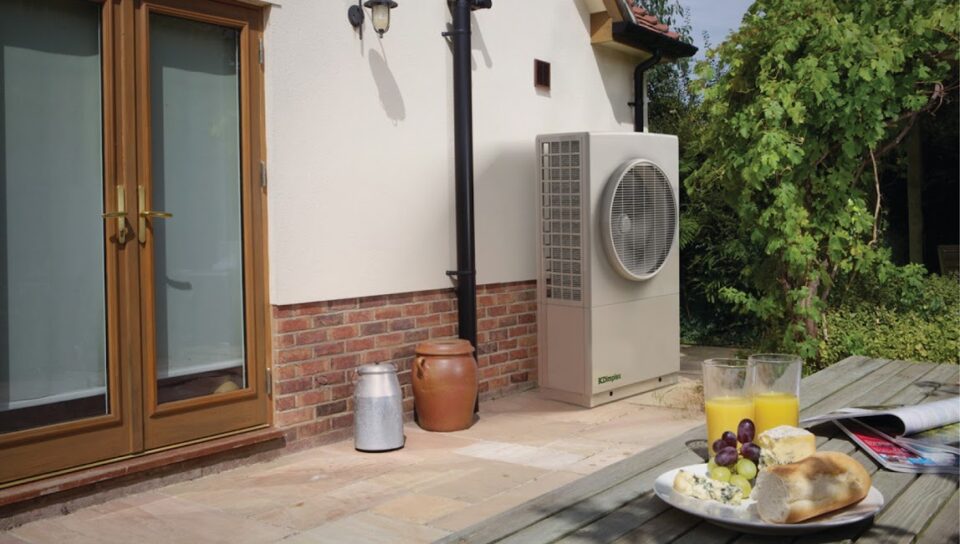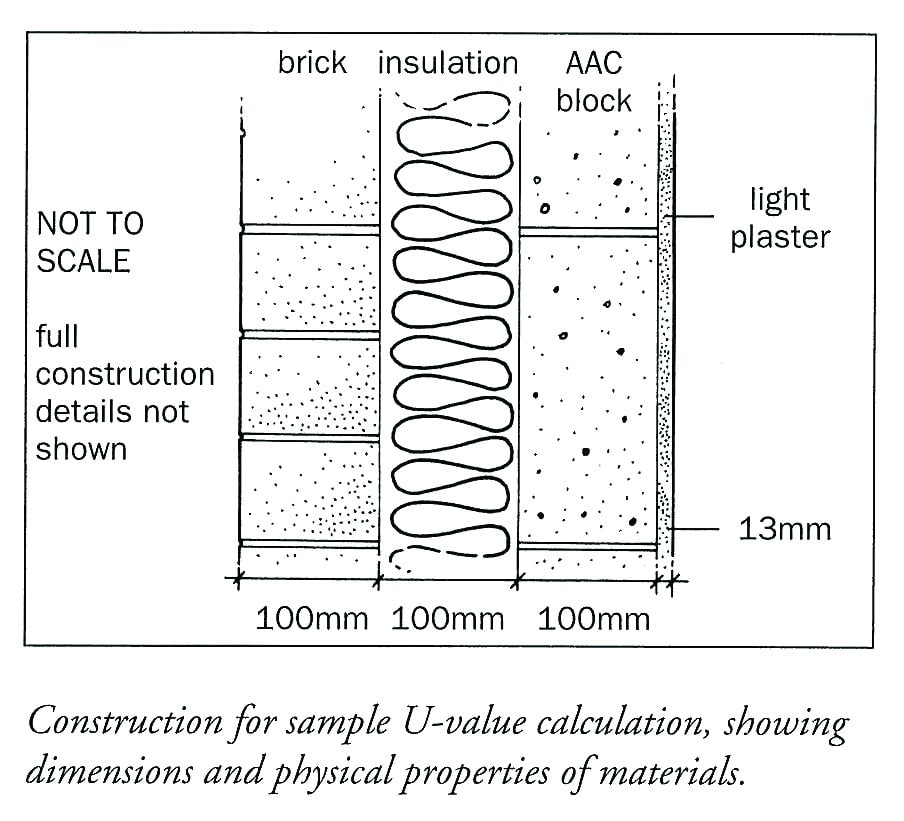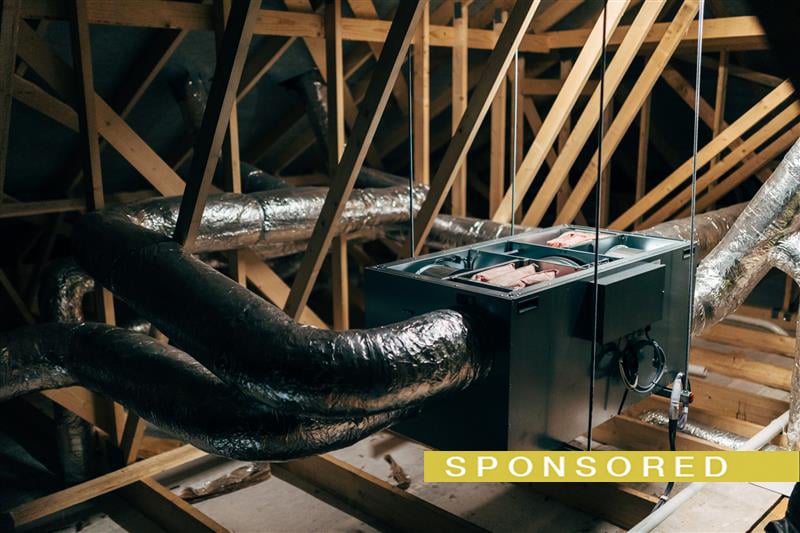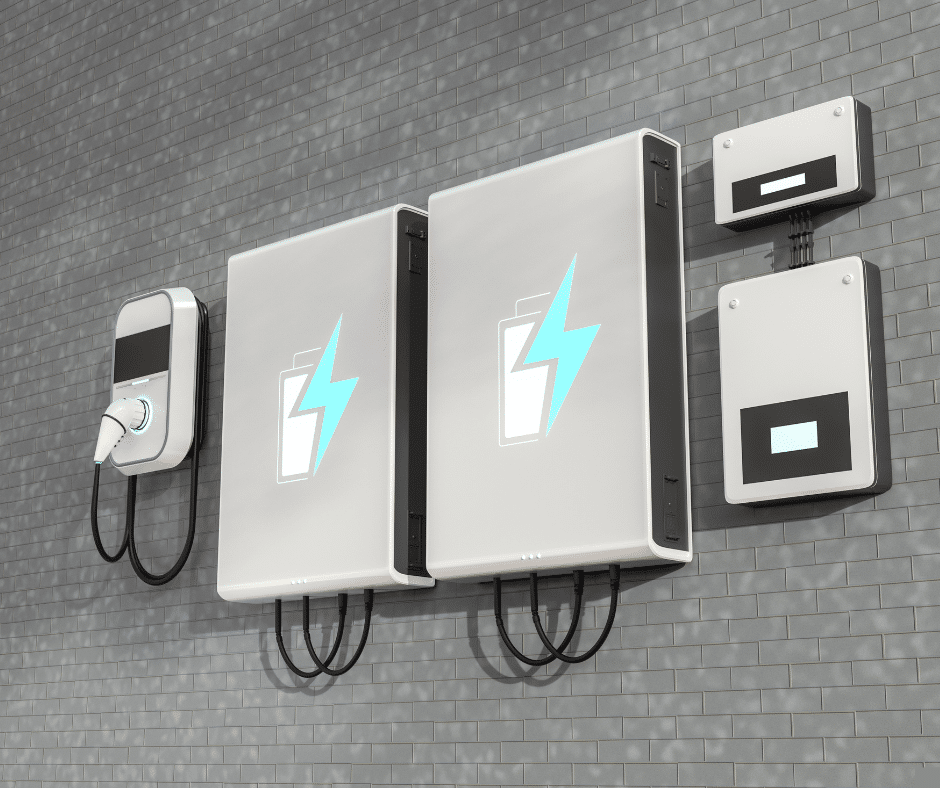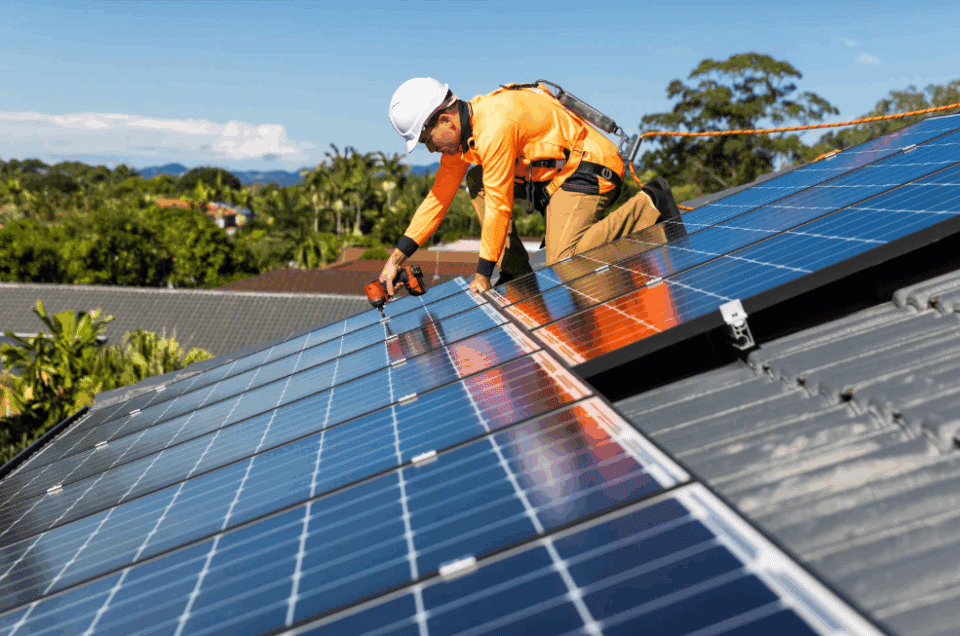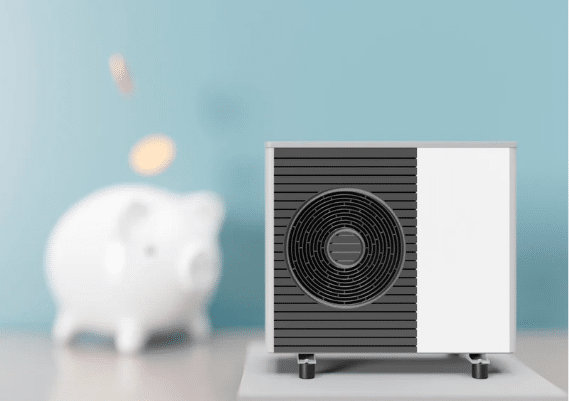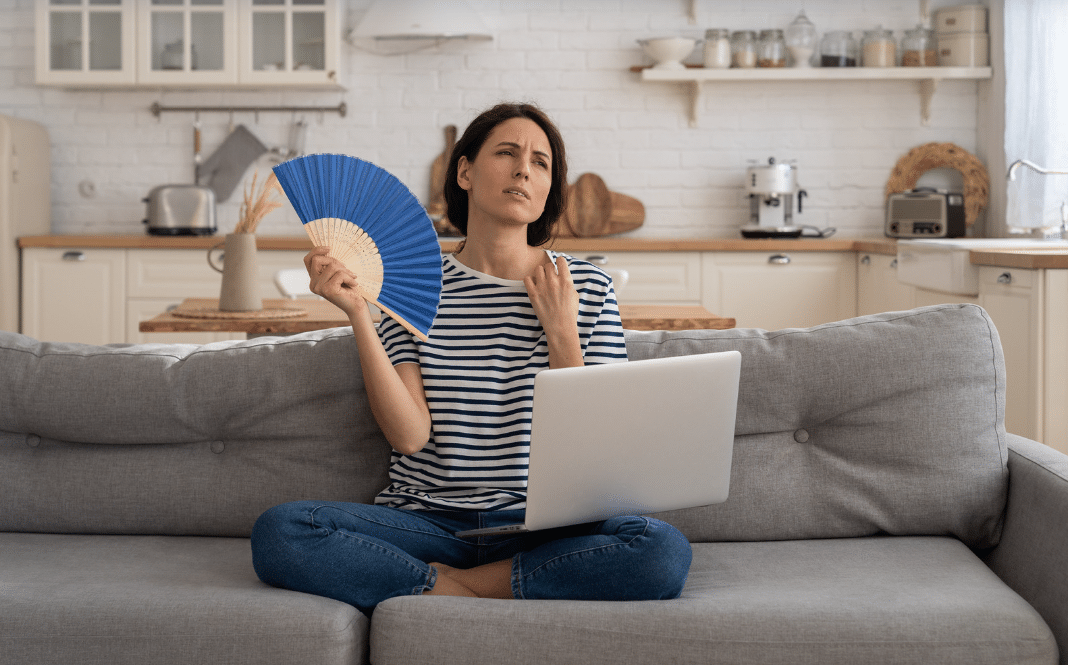In this article we cover:
- Benefits to investing in green energy
- How to weigh cost vs benefit
- What to check for when comparing options
When it comes to choosing your heating system, heat emitters and ventilation system, you’re likely to wonder if the costs of green building is worth the investment.
It’s understandable to be feeling somewhat pressured by all the talk of ‘green’ building. The main idea behind ‘green’ buildings is to reduce their adverse environmental impact on natural ecosystems. But achieving this can become can be an emotional subject as some people adopt the moral high ground on the matter.
This said, most people want to do the responsible thing by the planet, if they can afford it.
The best example of high end, ‘green’, housebuilding is what’s referred to as passive house, which has been codified in Germany but is used loosely as a term to refer to a low energy building. This type of
build involves ensuring the construction is of a much higher standard than average by attending to four things:

Thermal control. This means keeping the house warm inside when the outside is cold and vice versa which, in turn, involves having high levels of insulation throughout the entire building.
Another part of this thermal control is to have suitable windows that regulate solar heat transfer. It’s also vital to avoid thermal bridges to minimise cold corners and by doing so to eliminate mould growth. It also improves comfort. Building this way can reduce heating costs by at least 76 per cent.
Without doubt such a build should have a south-facing elevation to make the most of nature’s free heat but this can be hard to achieve in a city because of overshadowing.
Air control. A passive home ensures far better air quality by making sure the entire envelope is airtight and by providing balanced, mechanical ventilation that delivers fresh air. This, too, saves energy costs.
Radiation control. Controlling solar radiation is critical in this type of house build to prevent overheating. Cooling overheated indoor space is very ‘carbon-costly’ so should be avoided. External screening can reduce solar gain on south facing elevations.
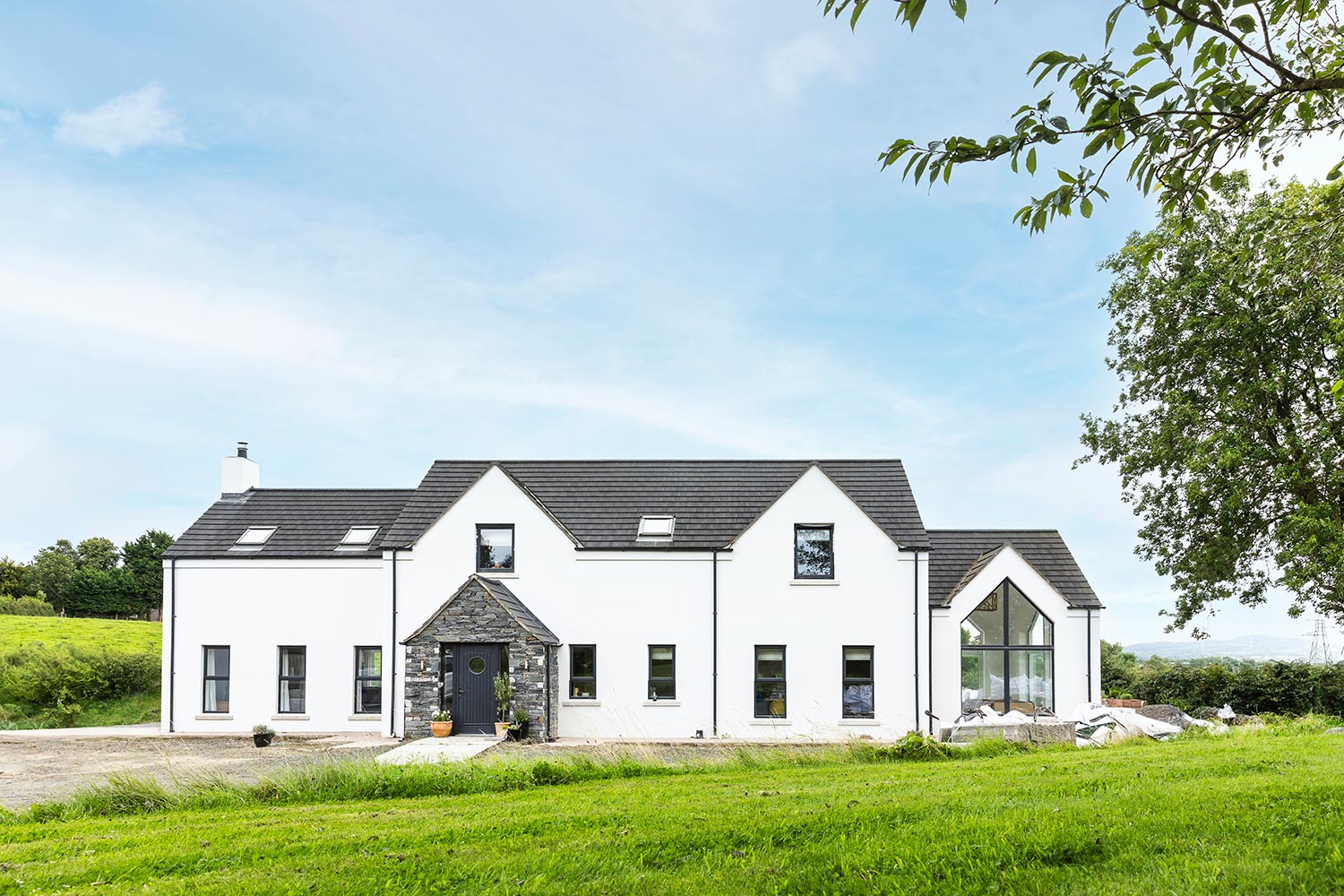
Moisture control. Using suitable equipment, a passive house’s humidity is controlled for comfort and the prevention of mould growth. There are all kinds of other conditions for a truly passive house which, together with those above make it a costly construction method as materials, labour, design and certification are more expensive than for an ordinary build. With a large build this additional cost can, however, be as low as 10 per cent. If the energy assessment on your home shows that the payback time is reasonable, you’re likely to be tempted to invest.
But is it really worth all the extra fuss and cost? People increasingly say they want energy efficient homes. And some are willing to pay more for them. But it may not be wise to build to such demanding ‘low carbon’ standards in a low value area as it might push the price above what future buyers are willing to pay.
Finding a builder who can work to these high standards may also not be easy and you’ll need a lot more supervision of the project by professionals who know what they are doing if you want to claim that your new home is truly a passive house.
When choosing materials and products that claim to have green credentials be very careful and seek professional advice as there’s a lot of greenwashing out there.
The main idea behind ‘green’ buildings is to reduce their adverse environmental impact on natural ecosystems. But achieving this can become can be an emotional subject as some people adopt the moral high ground on the matter.

